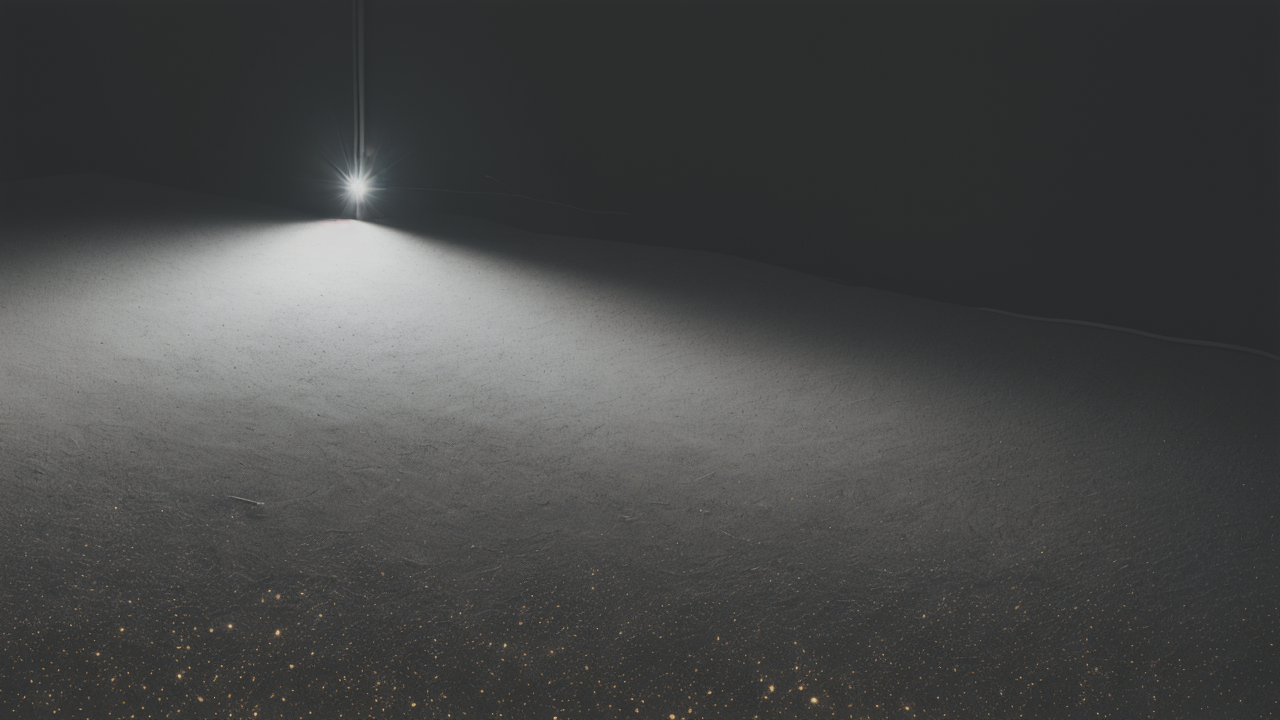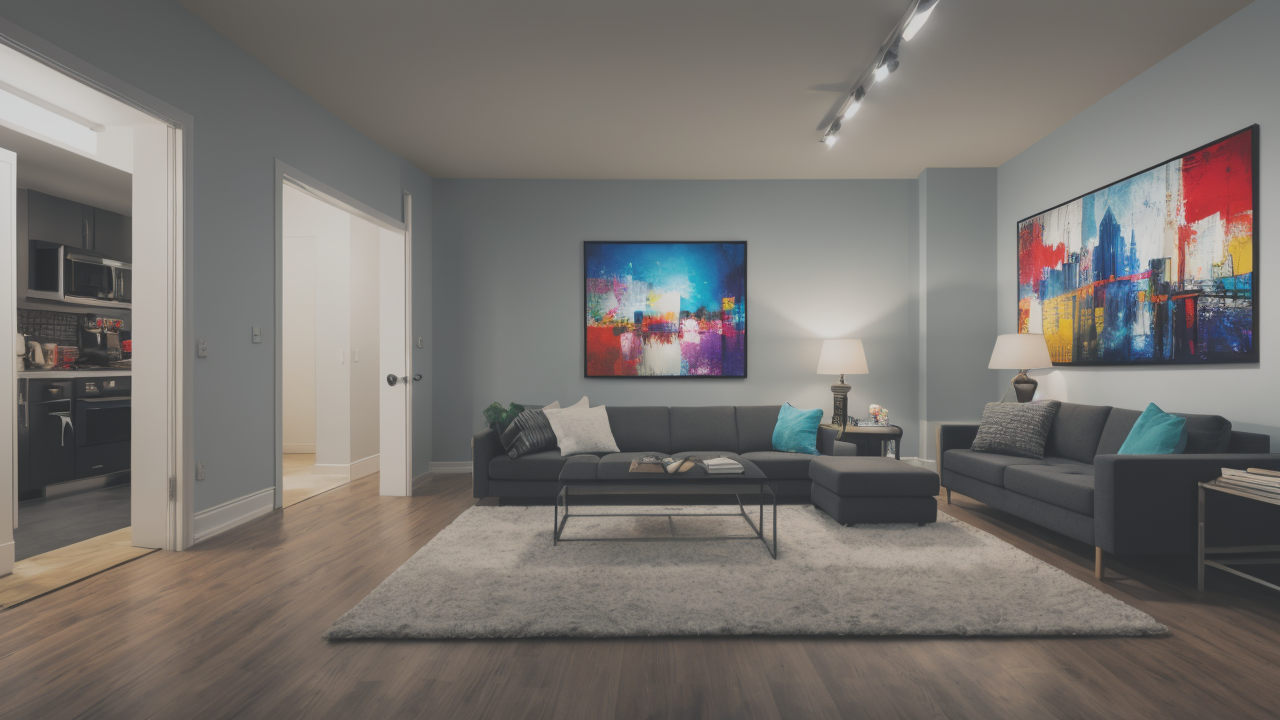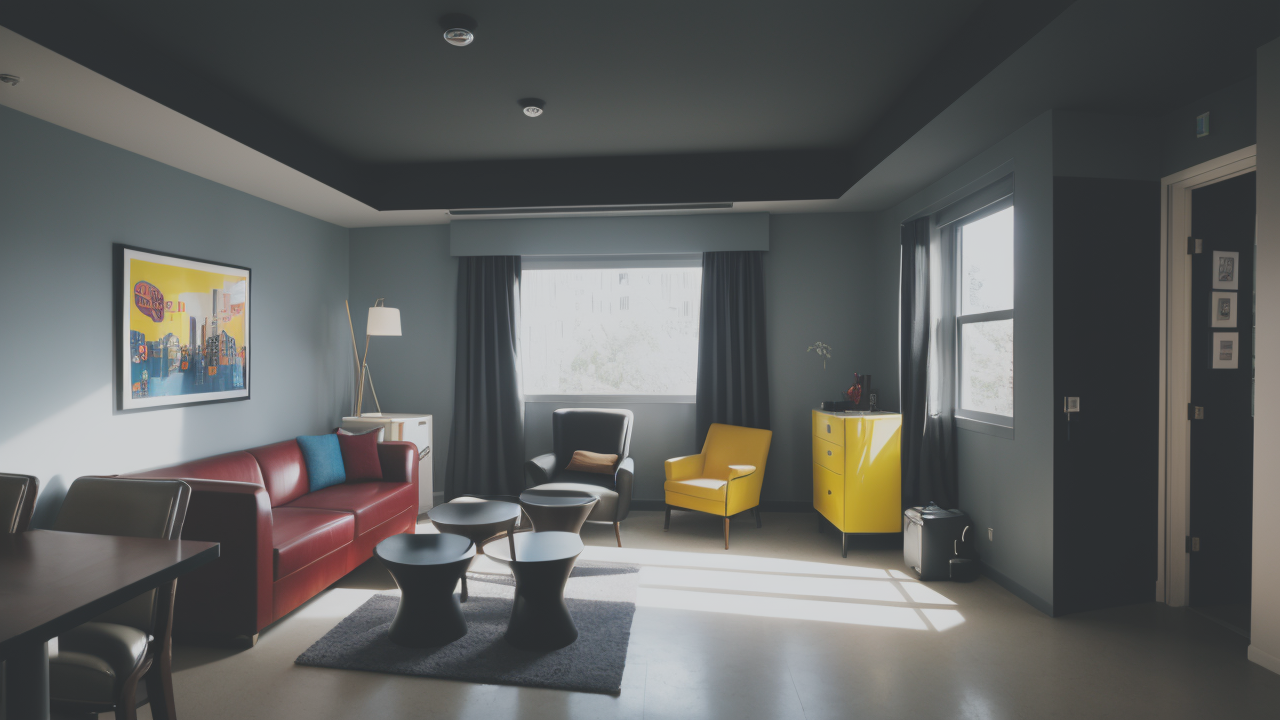
Exploring Plaster as a Medium: Innovative Approaches in Contemporary Art
The Origins and Evolution of Abstract Pop Art in the United States
The Influence of Pop Culture on Modern Art
Pop culture has greatly shaped modern art, especially abstract pop art. This art form emerged in the 1950s and 60s. It drew inspiration from everyday items, media, and popular icons. Artists took these elements and turned them into bold, colorful artworks.

Abstract pop art challenged traditional art norms. It made art more accessible to the general public. This style embraced consumer culture and mass production. It transformed ordinary objects into extraordinary pieces. People from all walks of life could connect with this art form.
Artists like Andy Warhol and Roy Lichtenstein led this movement. They used bright colors and simple shapes in their work. Their art often featured images from ads and comics. This approach made art more relatable and engaging for everyone.
From Comic Books to Wall Decor: The Journey of a Medium
Comic books played a crucial role in the development of abstract pop art. Artists found inspiration in the bold graphics and storytelling of comics. They began to incorporate these elements into their own work. This fusion created a new and exciting form of artistic expression.
Over time, this style transitioned from comics to wall decor. Artists started creating large-scale pieces inspired by comic panels. These works were ideal for decorating walls in homes and offices. They added a touch of nostalgia and whimsy to any space.
As the style gained popularity, it expanded beyond traditional canvas paintings. Artists experimented with different materials and techniques. They created sculptures, prints, and even digital art. This versatility allowed abstract pop art to thrive in various settings.
Key Factors Fueling the Popularity of Abstract Pop Art
The Role of Social Media in Pop Art Trends
Social media has played a significant role in popularizing abstract pop art. Platforms like Instagram and Pinterest have become virtual galleries. Artists can showcase their work to a global audience instantly. This exposure has led to increased interest and demand for pop art.

These platforms allow for easy sharing and discovery of art. Users can find and save images that inspire them. This has created a ripple effect, spreading pop art trends rapidly. It has also connected artists with potential buyers and collaborators.
Social media has made art more accessible than ever before. People can explore different styles and artists from the comfort of their homes. This has broadened the audience for abstract pop art and fueled its growth in popularity.
The Impact of Millennial Aesthetics on Home Decor
Millennials have embraced abstract pop art as a key element in their home decor. This generation values unique, personalized spaces. They seek art that reflects their personality and interests. Abstract pop art fits this need perfectly.
The bold colors and graphic elements of pop art appeal to millennial tastes. It adds vibrancy and energy to living spaces. Many millennials prefer statement pieces that can serve as conversation starters. Pop art wall decor fulfills this role admirably.
Millennials also appreciate the nostalgia factor in many pop art pieces. Artworks featuring retro elements or childhood icons resonate strongly. This emotional connection drives the popularity of abstract pop art among this demographic.
Integrating Abstract Pop Art into Home and Commercial Spaces
Best Practices for Incorporating Pop Art in Interior Design
When integrating abstract pop art into your interior design, consider these best practices:

- Use pop art as a focal point: Let a bold piece be the center of attention in a room.
- Balance with neutral elements: Pair vibrant art with subdued furnishings for harmony.
- Consider scale: Choose art sizes that complement the room's dimensions.
- Mix and match styles: Blend pop art with other decor styles for an eclectic look.
- Create themed spaces: Use pop art to establish a mood or theme in a room.
- Play with placement: Experiment with unconventional hanging spots for added impact.
- Use lighting effectively: Highlight pop art pieces with proper illumination.
Remember, the key is to create a cohesive look that reflects your personal style. Don't be afraid to experiment and have fun with your choices. Pop art can bring energy and personality to any space.
Case Studies: Successful Pop Art Installations
Let's explore some successful pop art installations that have transformed spaces:
- The Warhol Suite: A boutique hotel in New York dedicated an entire floor to Andy Warhol's art. Large prints of his iconic works adorn the walls. The bold colors and familiar images create a unique, immersive experience for guests.
- Tech Office Makeover: A Silicon Valley startup used abstract pop art to energize their workspace. Large-scale digital prints featuring tech-inspired pop art line the corridors. This not only brightens the space but also reflects the company's innovative spirit.
- Retro Diner Revival: A 1950s-style diner incorporated pop art elements in its renovation. Comic book-inspired murals cover the walls. Custom-made pop art light fixtures hang from the ceiling. The result is a fun, nostalgic atmosphere that attracts customers.
- Gallery Apartment: An art collector transformed their loft into a pop art haven. Rotating exhibitions of abstract pop art pieces fill the space. The open layout allows for flexible arrangements. This creates a dynamic living environment that doubles as a private gallery.
These case studies demonstrate the versatility of abstract pop art in various settings. From commercial spaces to private homes, pop art can add character and energy to any environment. It's a powerful tool for creating memorable and engaging interiors.
In conclusion, abstract pop art has come a long way from its origins in pop culture and comic books. It has evolved into a versatile and popular form of wall decor. Social media and millennial tastes have fueled its growth. When used thoughtfully in interior design, pop art can transform spaces and create unique experiences. Whether in homes or businesses, abstract pop art continues to make a bold statement in modern interiors.


